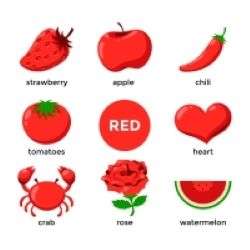Understanding Word Recognition
Did you know that a simple “bedtime story” could Help your child with word recognition? As surprising as it sounds, the time you spend reading with your child can significantly improve their word recognition skills – a key milestone in their literacy journey. Letters, sounds, words – it can all seem overwhelming. But don’t fret! There’s a proven roadmap to navigate this jungle
But, how do you do this? Well, there’s no magic spell, but there are proven methods and strategies that can ease the process. Imagine watching your child recognize words with ease, understand them, and most importantly, enjoy the beauty of language. Now, isn’t that a sight you’d love to see?
Dive in with us as we explore this fascinating world of words, letter sounds, and spelling patterns. Let’s make your child’s reading journey a smooth sail, one word at a time!
Key Preliminary Steps to Help Your Child with Word Recognition
Isn’t it fascinating how a simple ‘A-B-C’ song can set the stage for a lifetime of reading? Indeed, mastering the alphabet and phonics are the crucial first steps in your child’s journey toward word recognition. This journey might seem like a challenging uphill task, but with the right strategies, it can turn into an enjoyable adventure.
Let’s break this down into two.
Alphabet Mastery
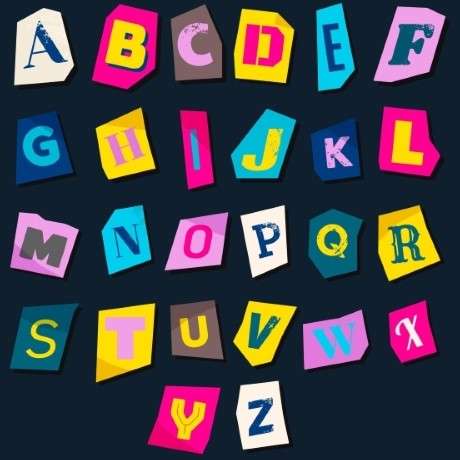
Remember the first time your child recognized an ‘A’ in an alphabet book or a ‘B’ on a bustling billboard? That’s alphabet mastery in action. It’s the thrill of identifying each member of the alphabet family, both in their stately uppercase and friendly lowercase forms, and knowing them by name.
How can we make this more engaging? Imagine singing along to an alphabet song with your child, or guiding their little fingers along the grooves of an alphabet puzzle. Picture a quiet afternoon spent exploring an alphabet book together, or a lively drive around town playing ‘spot the letter’ on signs and store names.
The opportunities to familiarize your child with letters are all around you. With every letter they recognize, they take a step further in their word recognition journey. So let’s keep the momentum going, for every letter learned today is a word recognized tomorrow! Isn’t that an adventure worth embarking on? Let’s continue on this literacy path, one letter at a time.
Grasping Phonics
Imagine a code, where ‘A’ makes an ‘ah’ sound as in ‘apple’, ‘B’ buzzes like a ‘bee’, and ‘C’ crackles like a ‘corn’. Welcome to phonics, a fascinating link between letters and the sounds they make, transforming squiggles on a page into meaningful words.
Phonics is not just another step, but a giant leap in your child’s reading journey. It’s the decoder ring that unravels the mysteries of words. With a solid understanding of phonics, reading becomes less of a puzzle and more of a joy for your child, making them faster, more accurate, and certainly more confident in their word recognition.
So, how do you introduce this secret code? You could dive into a phonics workbook, turning lesson time into a fun decoding session. Or transform learning into a game, encouraging your child to recognize sounds and match them to letters. With every ‘buzz’ and ‘crackle’ they decipher, they’ll be one step closer to unlocking the world of words.
Helping Your Child with Word Recognition
Flashcards
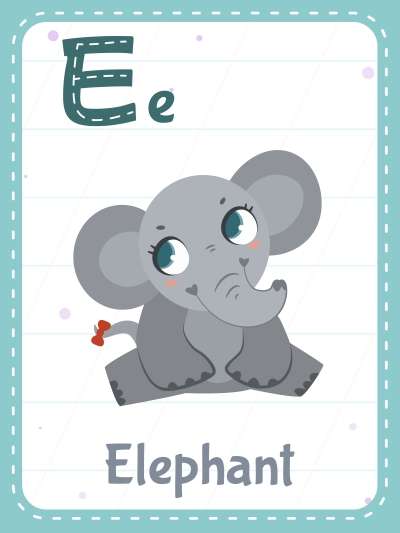
Picture this: you’re sitting with your child, a pile of colorful flashcards before you. On each card is a word – ‘cat’, ‘ball’, ‘sun’. You flip through these cards one by one, your child’s eyes sparkling with anticipation. “What’s this word?” you ask, and with each correct answer, their confidence grows. Welcome to the world of flashcard learning – a simple, yet powerful tool to boost your child’s word recognition.
Why are flashcards so effective? They create a visual imprint in your child’s mind, helping them recognize words faster. Plus, you can always make this journey more exciting. How about a flashcard treasure hunt, where your child finds the word that matches the one on their flashcard? Or maybe a memory game, matching pairs of word flashcards?
With every flashcard they flip, every word they recognize, your child takes a leap forward in their reading journey. It’s time to turn flashcards into your secret weapon to help your child with word recognition. Let’s make learning a game to be won!
Using Sight Words to Help Your Child with Word Recognition
Did you ever wonder how your child might read an entire sentence, like “The cat is cute,” without pausing at each word? The secret lies in sight words, those frequently used words like “the”, “and”, “is”, “it”, that your child learns to recognize instantly, without decoding.
Sight words are the magic keys to unlocking a seamless reading experience.
By recognizing these words on sight, your child spends less time deciphering and more time understanding what they read. Imagine the boost in their reading speed and comprehension!
How about making a list of sight words and turning them into fun flashcards? Or better yet, play ‘sight word detectives’ where your child spots and reads sight words in their favorite books or on signs during a walk.
Every sight word your child masters adds another piece to their word recognition puzzle. So, let’s open this treasure trove of sight words and guide your child toward a smoother reading journey.
Word Families
Ever marvel at how quickly your child can spot a pattern, like the same color or shape repeated in a row of objects? Now, imagine if we used this innate talent to help your child with word recognition? That’s where word families come into play.
Word families are like cozy little groups of words sharing a common feature or pattern. For instance, if your child recognizes “-at,” they’ve just unlocked a whole family of words: “cat,” “hat,” “mat,” and the list goes on.
These patterns serve as a quick shortcut in your child’s reading journey, enabling them to read words faster and build their confidence. Try turning it into a game – spot the word family in a book or create your own word family tree.
With every word family your child discovers, they’re not just learning to read words; they’re learning to recognize patterns, and that’s a skill that will serve them well beyond the pages of their books.
Use Multisensory Techniques to Help Your Child with Word Recognition
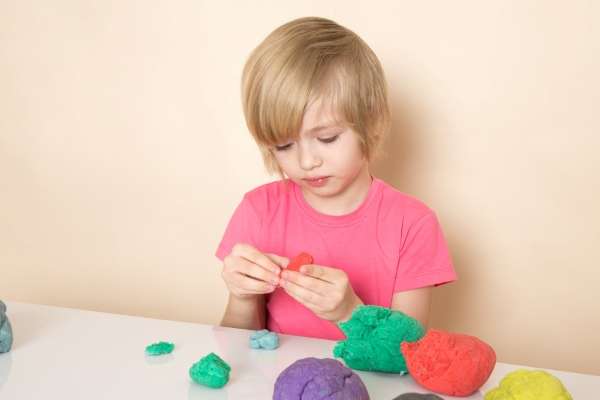
Our senses are powerful learning tools, and engaging them can significantly help your child with word recognition.
Welcome to the world of multisensory techniques. Let’s take a word, for example, ‘cat’. Have your child trace the letters ‘c’, ‘a’, ‘t’ on a sand tray, feeling the grainy texture. Or perhaps, they could mold the letters out of playdough, creating a tangible link to the word.
Such activities engage not just the eyes but also the hands, turning learning into an immersive experience. These techniques tap into the visual, tactile, and kinesthetic learning pathways, making word recognition not just a mental exercise but a holistic one.
So, why not add a dash of multisensory spice to your child’s learning journey? By incorporating touch, sight, and movement, we’re creating a vibrant learning landscape that will stay with them for a lifetime.
Online Educational Games
Think about how a game of Candy Crush can hook you for hours. Imagine if we could harness that same captivating power to help your child with word recognition.
These aren’t just your typical games. They’re colorful, interactive, and chock-full of learning opportunities. Let’s say your child is playing a game where they match pictures to words. As they drag and drop, they’re not just earning points but also learning to recognize words!
The beauty of online educational games is their adaptability. They can be tailored to fit your child’s learning pace, turning challenges into achievements at every step. The interactive, visually engaging environment is a boon for visual learners.
In a world where learning and fun intertwine, every game becomes an opportunity for your child to learn. So let’s boot up those devices, launch those educational games, and watch your child’s word recognition skills soar.
Chunking
Ever tried to remember a long phone number? It’s likely you broke it down into smaller chunks. Applying the same strategy can help your child with word recognition too! This technique is known as ‘chunking.’
Imagine your child encounters a big word like ‘basketball.’ Rather than sounding out each letter, they can break it down into ‘basket’ and ‘ball,’ two smaller words they recognize. Or perhaps they might chunk it into syllables: ‘bas-ket-ball.’
Chunking transforms a daunting task into a manageable one. It empowers your child to tackle complex words confidently, boosting their reading fluency. Practice this technique with everyday reading materials, pointing out chunks in words and discussing them.
Chunking is like providing your child with a secret decoder ring, enabling them to easily break down, decipher, and recognize complex words. So, let’s take a big word, break it into chunks, and watch as your child’s reading skills take a giant leap forward!
Picture Matching

Imagine a child’s fascination when they connect the word ‘bird’ with the colorful image of a parrot. Wouldn’t leveraging that fascination to aid their word recognition be fantastic? Picture matching does exactly that.
This interactive strategy is perfect for younger children embarking on their reading journey. A flashcard with the word ‘sun’ and another with a bright, smiling sun on it becomes a fun pairing game. The simplicity of linking a word to an image works wonders, transforming abstract letters into something tangible and real.
Suddenly, the word ‘cat’ isn’t just a string of alphabets. It becomes an image of a furry friend. These associations build a strong foundation for word recognition and also bring a sense of joy and curiosity to learning.
The journey to help your child with word recognition is a picturesque adventure, a bridge between words and the vibrant world around them. So, let’s let the matching game begin and watch as each pair brings them a step closer to being fluent readers.
Repeated Reading
Do you remember that one story your child asked you to read over and over again? While it might have seemed like a case of ‘not again!’ to you, there’s something pretty magical happening there. Yes, that’s right, it’s helping with word recognition.
By asking you to revisit the same tale, your child is unknowingly practicing a technique called ‘repeated reading.’ It’s a wonderfully straightforward approach, like having their favorite meal multiple times – only it’s feasting on words!
With each pass through the familiar lines of “The Very Hungry Caterpillar” or “Where’s Spot?” your child is repeatedly meeting those words. This repetition is like a workout for their brain, enhancing their ability to recognize these words swiftly.
As they venture through the same story, they gain confidence, their reading becomes smoother, and they start recognizing words at first sight. In essence, it’s like an enjoyable rerun that boosts their reading prowess. This repeated reading practice could be the secret ingredient to help your child with word recognition.
Read Aloud

Ever wondered why kids love story time? It’s not just about the enthralling worlds we open up with our magical voices; it’s actually a practical tool to help your child with word recognition!
Picture this: you’re sitting with your child, a book wide open in front of you. As you start to read aloud, your child’s eyes sparkle with curiosity and fascination. But there’s more happening here than just a shared moment of joy. The words they’re hearing are sinking in, forming patterns in their young minds. It’s a bit like soaking up the lyrics to their favorite song.
Reading aloud is not just about spinning enchanting tales; it’s also a platform where children can listen to the melody of language, follow along with the text, and start recognizing familiar words. Their understanding deepens as they hear words repeated in various contexts, and their word recognition skills enhance.
So, the next time you embark on a literary adventure with your child, remember, every word you’re sharing aloud is a step towards building their reading confidence and mastery.
Context Clues in helping your child with word recognition
Have you ever played detective with your child, finding hidden clues and piecing them together to solve a mystery? Well, that’s exactly what they can do when they come across a word they don’t recognize in a book. This strategy is known as using context clues, and it’s a fantastic way to help your child with word recognition.
Think of a book as a treasure map, full of hidden clues. If your child stumbles upon an unfamiliar word, encourage them to look around. The surrounding words and sentences often give away hints about the mystery word’s meaning.
For example, in the sentence “The sun is scorching today,” even if your child doesn’t recognize the word “scorching,” they can infer from the context that it’s something related to the sun and might be about heat or brightness.
So next time your little one is reading and hits an unknown word, inspire them to put on their detective hat, seek out context clues, and decipher the word’s meaning. This strategy will not only boost their word recognition skills but also enhance their overall reading comprehension.
Seeking Further Support to help your child with Word Recognition
The Role of a Reading Specialist
unique needs. Isn’t it comforting to know a helping hand is available when you need it? Just imagine having a knowledgeable guide who can lead the way in your child’s reading journey. That’s precisely the role a reading specialist plays.
Just as we turn to a mechanic to fix a car’s hiccup, a reading specialist is there to iron out any bumps on your child’s path to fluent reading. Equipped with specialized training in identifying and addressing reading difficulties, these professionals can be a game changer for your child.
They’ll start by conducting a comprehensive evaluation of your child’s reading skills, sort of like a ‘reading check-up’. This includes looking at word recognition, fluency, and comprehension. Based on this, they can create an instruction plan that’s as unique as your child’s.
So, if your child seems to struggle with word recognition despite your best efforts, don’t lose heart. A reading specialist can bring that extra layer of support, guidance, and expertise to help your child easily leap over reading hurdles.
The Benefit of a Tutor
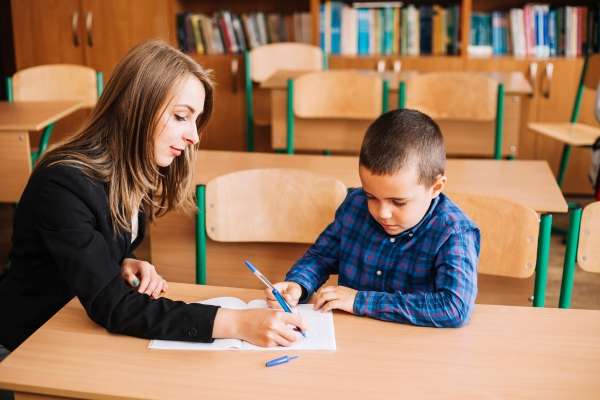
Ever thought about having a personal coach for your child’s reading journey? That’s exactly what a tutor can bring to the table! Picture this: personalized one-on-one lessons, instant feedback, and practice paced perfectly to match your child’s comfort level. That sounds like a recipe for a word recognition power-boost, right?
A tutor is like a reading workout partner, providing the kind of attention and tailored instruction that’s hard to match. They can spot where your child stumbles, immediately address any confusion and provide targeted practice. Remember, practice makes perfect!
The tutor can also tailor their instruction to your child’s unique learning style, making reading lessons much more effective. For example, a child who’s more visually oriented might benefit from more visual aids or color-coded word groups.
So, if you want to put a turbo booster on your efforts to help your child with word recognition, a tutor might be just the ticket.
Conclusion
The journey to word recognition may seem like climbing a mountain, but remember – patience and consistency are your trusty climbing gear. With these effective strategies up your sleeve, you’ll be scaling that peak before you know it!
It’s important to remember that every child is on their own unique learning journey. They’ll take their own time to find their footing and pace. The goal isn’t to rush to the finish line but to make the journey a delightful and rewarding experience.
Let’s celebrate every tiny triumph along the way – every new word recognized; every challenging sentence conquered. After all, these small victories add up to big progress!
Keep the atmosphere light, fun, and engaging. A sprinkle of laughter here, and a dash of fun there can make the learning process much more enjoyable. Your steadfast support and endless encouragement are the true game-changers in your child’s reading adventure.





